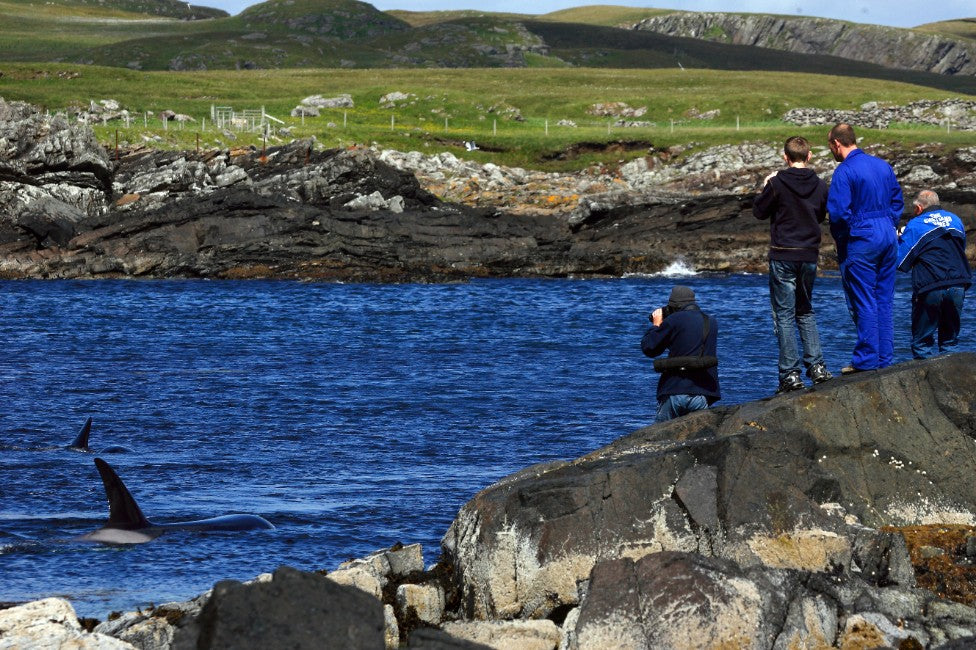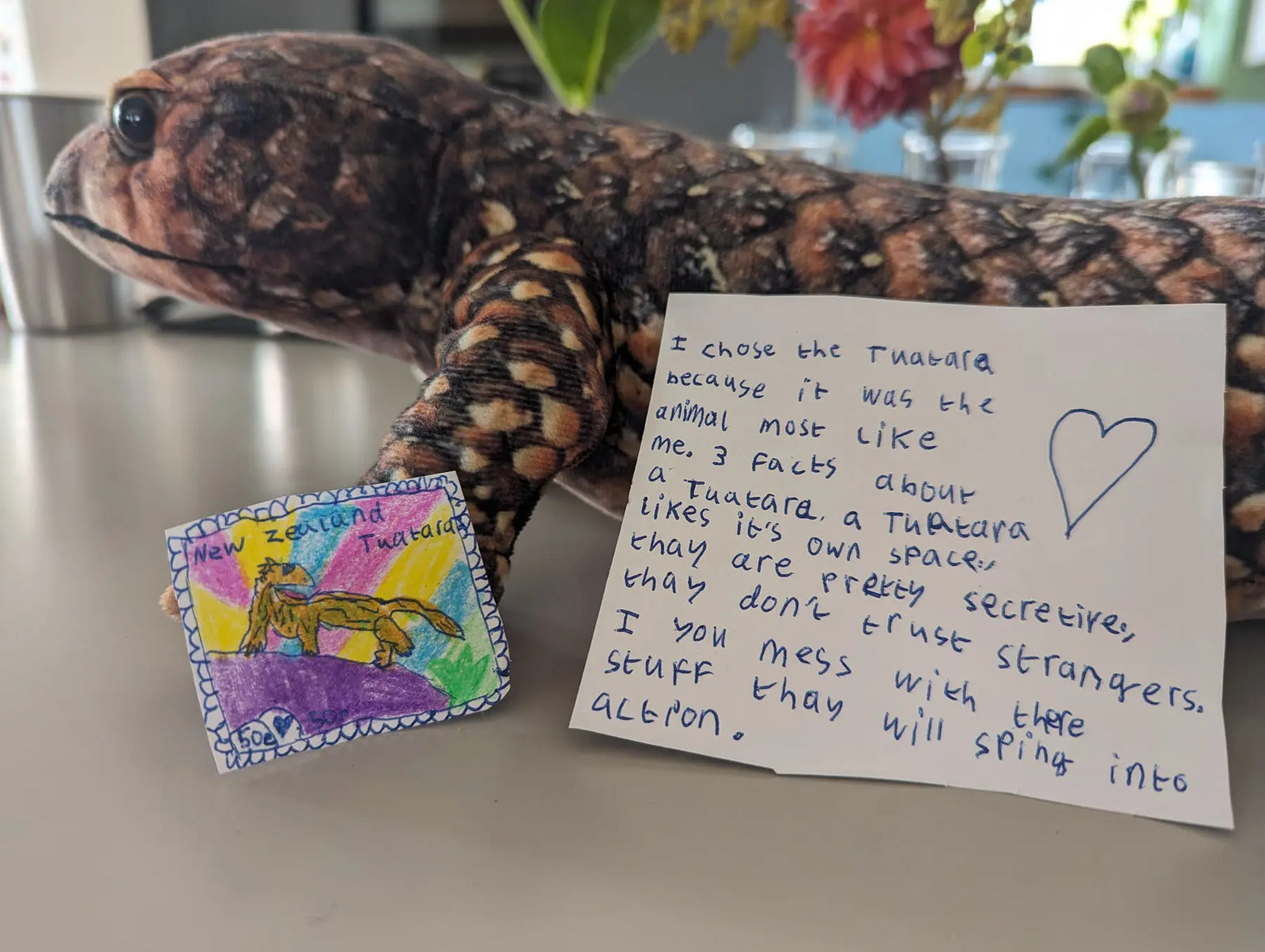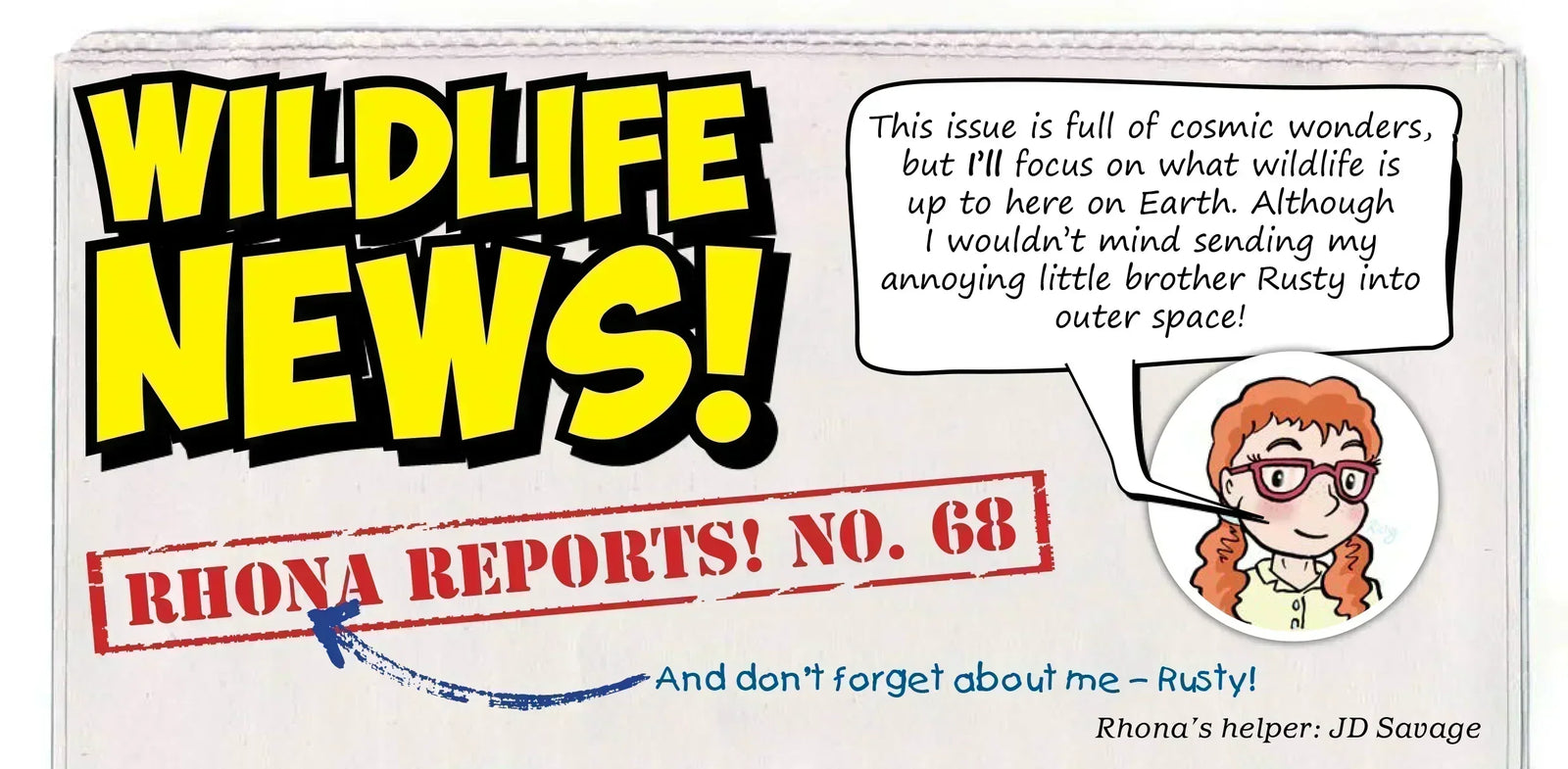Your Cart is Empty
Missed the post? 🎄 Print an Eco Kids Christmas gift card – their Eco Kids adventure starts in January.
Missed the post? 🎄 Print an Eco Kids Christmas gift card – their Eco Kids adventure starts in January.
Hi, Eco Kids! Amy, Charlie and Simon here! We’ve been having a debate about ECOTOURISM: is it good or bad for the enviroment? Simon is asking the questions, and Amy and Charlie are arguing for and against ecotourism. Have a read – what do YOU think?
SIMON: QUESTION 1 Whale-watching boats – are they a good or bad idea?
 The UK’s irregular coastline has a variety of habitats well suited to all kinds of wildlife. At least 29 species of cetaceans visit UK waters every year. These include minke whales, harbour porpoises, several dolphin species and orcas. I can’t imagine anything more exciting than seeing these magnificent mammals in the wild! So, there’s a high demand for whale-watching tours, but do the tour boats have an impact on the whales?
The UK’s irregular coastline has a variety of habitats well suited to all kinds of wildlife. At least 29 species of cetaceans visit UK waters every year. These include minke whales, harbour porpoises, several dolphin species and orcas. I can’t imagine anything more exciting than seeing these magnificent mammals in the wild! So, there’s a high demand for whale-watching tours, but do the tour boats have an impact on the whales?
AMY: YES!Whale-watching is amazing, but it also got me thinking... Firstly, the arrival of a boat interrupts natural behaviour. Animals that are feeding or resting will move away – and the boat then follows them. For example, short-finned pilot whales spend most of the day ‘logging’ (the whale word for ‘chilling out’). If a boat disturbs them, they move off. This burns more calories, which in turn means they need to find more food. Imagine if the boats are targeting the same groups of whales day after day! Scientific studies show this disruption leads to fewer calves being born in these pods. Mothers even stop producing enough milk for their young, which threatens their survival rate.
SIMON:That’s awful!
AMY: Yes it is – and there are other threats…
•Injury from boats getting too close.
•Mothers and calves becoming separated.
•Noise pollution interfering with the communication between pod members.
•Pollution from human rubbish (crisp and snack packets, plastic bottles and so on) ending up in the sea.
CHARLIE:That’s all true, Amy, but whale watching also provides lots of great opportunities!
 Whale watching educates people. Most of the boats have a guide to tell people facts about whale biology and habitat. They share information about threats the whales face and any conservation efforts. People really enjoy learning about the animals they’re looking at – it makes the whole experience much more meaningful. It might even inspire people to become amateur conservationists! Local communities also benefit from marine tourism. Particularly since Britain’s fishing industry is in decline.
Whale watching educates people. Most of the boats have a guide to tell people facts about whale biology and habitat. They share information about threats the whales face and any conservation efforts. People really enjoy learning about the animals they’re looking at – it makes the whole experience much more meaningful. It might even inspire people to become amateur conservationists! Local communities also benefit from marine tourism. Particularly since Britain’s fishing industry is in decline.
SIMON: But if the whales are harmed in the long run, won’t this new industry collapse, just like fishing did?
CHARLIE:That is a danger. That’s why we need strict rules and regulations for whale watching. Such as:
•A minimum distance between the whales and the boat.
•Boats must not drive too fast.
•Limit the length of time boats are allowed to spend with the animals.
•Limit the number of boats.
•Boats must approach whales with caution.
SIMON: How are these rules enforced?
CHARLIE:There are laws protecting all cetaceans in the UK. (Deliberate killing, injury or whale disturbance is illegal.)
AMY: But whale watching isn’t actually LICENSED. There are only guidelines – they rely on people following them.
SIMON: So, what’s the most eco-friendly way to watch whales?
AMY:From the shore!
CHARLIE: Just make sure you find a responsible tour guide. Begin by looking under ‘whale conservation’ rather than ‘tourism’.
SIMON: QUESTION 2 Many islands are uninhabited by humans. Should we be allowed to visit them or leave the wildlife alone?
CHARLIE:The more we see animals in their natural habitats, the more we can learn about them. This can lead to a greater interest in conservation and it benefits the
local economy.
 The Farne Islands on the Northumberland coast are a birdwatcher’s paradise! This uninhabited group of 28 islands is a wildlife reserve, so it’s well protected. There are at least 23 species to spot, including guillemots, shags, cormorants, razorbills, eiders and Arctic terns. About 40,000 breeding pairs of puffins arrive here every year. It’s one of the best places to see them in the UK. And it’s great for taking pictures!
The Farne Islands on the Northumberland coast are a birdwatcher’s paradise! This uninhabited group of 28 islands is a wildlife reserve, so it’s well protected. There are at least 23 species to spot, including guillemots, shags, cormorants, razorbills, eiders and Arctic terns. About 40,000 breeding pairs of puffins arrive here every year. It’s one of the best places to see them in the UK. And it’s great for taking pictures!
SIMON:But doesn’t that frighten the birds?
CHARLIE:Puffins are very sociable – always happy to chat to me! – so they’re pretty relaxed around humans…
AMY:But Charlie, human visitors must be disturbing the birds. They interrupt their natural routines like feeding and nesting… And humans damage the environment, even if not on purpose.
 SIMON:So, what’s the answer? There are definitely huge benefits to seeing animals in their natural habitats. The challenge is to manage ecotourism in a sustainable way. A way that preserves the ecosystems and makes money. That money can then go back into maintaining the wildlife and environment. Islands with rare or vulnerable species should have greater protection. We need to monitor the effects of whale watching to make sure we’re not causing the animals long-term damage.
SIMON:So, what’s the answer? There are definitely huge benefits to seeing animals in their natural habitats. The challenge is to manage ecotourism in a sustainable way. A way that preserves the ecosystems and makes money. That money can then go back into maintaining the wildlife and environment. Islands with rare or vulnerable species should have greater protection. We need to monitor the effects of whale watching to make sure we’re not causing the animals long-term damage.
Comments will be approved before showing up.
What an incredible fleet of rockets you launched into our inbox this month! Each design showed a different way to turn everyday scraps into something extraordinary. Some rockets looked ready for deep-space exploration, others carried alien crews, and a few were so beautifully decorated they could ha...
Meet the winners of our New Zealand postage stamp competition and explore a gallery of brilliant children’s designs celebrating Aotearoa’s unique wildlife.
Here’s a sneak peek straight from our latest issue of Eco Kids Planet, Wonders Beyond Earth. Wildlife News is where Rhona and Rusty round up the wildest real-world stories from across the planet. Enjoy the read! 🌎 Amazing Photo Entries! The Wildlife Photographer of the Year team gave me a sneak...



